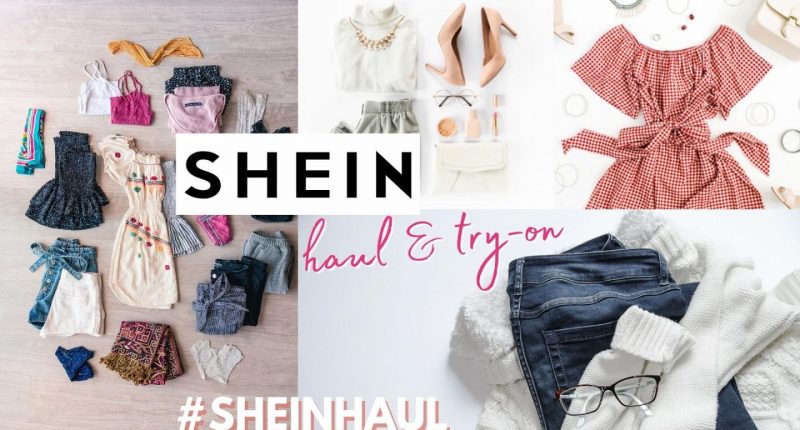With e-commerce booming in the modern era and becoming a $1 trillion industry by 2025, it is not surprising that players in the sector will scale to great heights. But that has also meant that newer players, in a select niche, have seen a massive growth within years of existence. That is true for Shein as well, the Chinese fast fashion ecommerce company, that little know of, but is massively popular among young crowd. And if its rapid growth wasn’t enough, it is looking to deal in a couple of B for billions.
A Bloomberg report suggest that Shein is looking to raise $1 billion in a new funding round and is already in talks with investors including General Atlantic. Its existing investors include Tiger Global, IDG, and Sequoia. To top that off, if the startup does raise this amount, it is a seeking a staggering $100 Billion in valuation – with a capital B. This will make it the third-most valuable startup in the world, just after TikTok-parent ByteDance and Elon Musk’s SpaceX.
Greater heights are on the horizon for Shein to scale if one considers Morgan Stanley’s estimate. It says Shein may become the fourth-biggest apparel retailer in the world and post $20 billion in revenue this year. Taking these, along with Shein’s meteoric growth into consideration, it is hardly surprising that investors are looking to get a slice of the pie.
It was in the late 1990s and early 2000s that fast fashion came into prominence, and by the 2010s, millions had gone online. This opened the way for Shein, which followed the trends and launched successful digital campaigns.
In 2021, the 14-year-old Shein proved itself to be a worthy competitor to Amazon as it ranked second in the list of the most downloaded shopping apps of the year and clocked a year-over-year rise of 68% in downloads. A reason behind its superb growth is TikTok, which took the sphere of social media by storm and became a hit fast. The combo of Shein and TikTok effectively turned shopping into a new form of online entertainment.
Its supply chain is another factor in its growth. The B2C player, whose community has design professionals as members, has improved the fast fashion model by leveraging real-time retail. It operates thousands of ghost factories (much like the ghost kitchens of food delivery apps) that utilize proprietary inventory level management systems to increase the efficiency of the supply chain and respond to real-time customer preferences. Thousands of third-party suppliers produce batches of clothes for Shein, which then purchases the same and sells them at a profit.
Combine the art of operating ghost factories and using social media to expand its reach, and you have an idea why Shein has a strong global presence. Today, it has operations in Guangzhou, Singapore, and Los Angeles, and offers more than 600,000 items to customers in over 150 countries.
The Tech Portal is published by Blue Box Media Private Limited. Our investors have no influence over our reporting. Read our full Ownership and Funding Disclosure →






